Up Next

McLaren lost a victory and a possible one-two finish in the Italian Grand Prix to the vagaries of strategy and the safety car, but in the bigger picture, its Monza performance was a win of a very different sort.
Missing out on the chance to end a win drought that stretches back almost eight years is a disappointment Carlos Sainz’s second-place only partly made up for. But being what team principal Andreas Seidl accurately described as “the second strongest force” behind Mercedes at Monza is hugely significant within the wider context of the season.
McLaren holds third in the constructors’ championship by 16 points from Racing Point, admittedly an advantage distorted by the ex-Jordan team being docked 15 points for its illegally-designed rear brake ducts.
Listen to “Italian Grand Prix review” on Spreaker.
Ahead of the season, team principal Andreas Seidl stressed that, while retaining a top four constructors’ championship position was the aim, closing the performance gap to the front was the priority. And McLaren has made good on both counts, closing from 1.663% off the average pace last season to 1.532% this year – a small but measurable step compared to a Mercedes team that relentlessly raises the bar.
It’s McLaren’s consistency that is most encouraging. One of only three teams to score points in every race, along with Mercedes and Racing Point, it has the second-best Q3 strike rate with 15 appearances out of a possible 16 – the only failure coming in qualifying for the 70th Anniversary Grand Prix where Sainz was slowed by having to run a more conservative cooling package.
This means it has been competitive across a wide range of circuits and in wet and dry conditions this year. Monza is the most extreme low-downforce circuit so last weekend proved it can work well on this kind of track configuration. As Sainz explained after qualifying, the car had taken a big step forward compared to Monza last year, indicating an inherently more stable package and perhaps also a more aerodynamically efficient one.
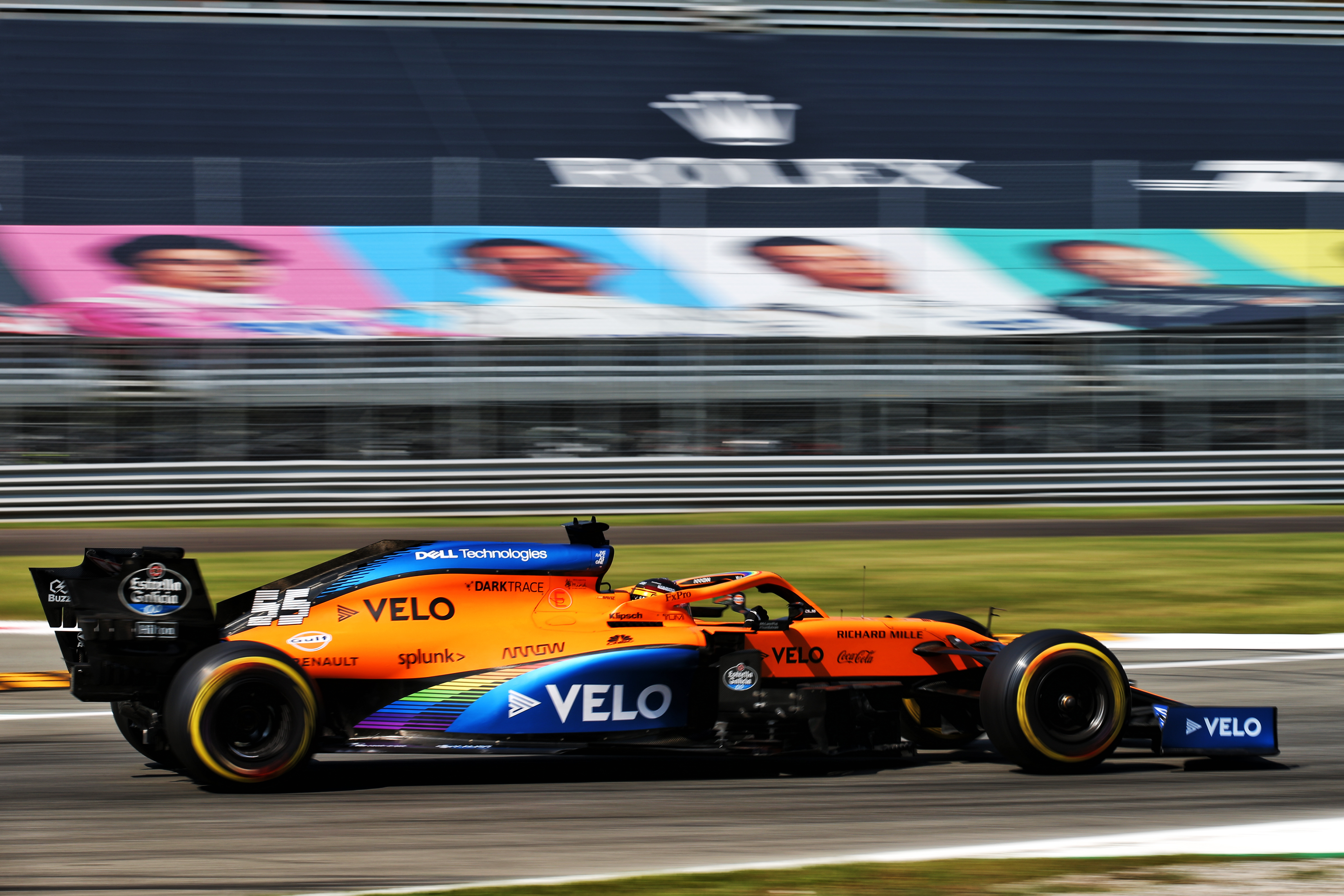
“Last year, our car didn’t work and our downforce was just falling off whenever we ran very little rear wing,” said Sainz after his superb qualifying lap.
“This year, our car is a bit more robust running low downforce levels. In Spa, it started to pay off and here in Monza we have a strong car under braking. We feel we can brake late and we have a strong car in the Parabolica and Ascari.”
While this translated only to a gain of around 0.1% relative to the front comparing Monza 2019 to 2020, it’s important to remember that the pace is a moving target and the Mercedes team has made formidable progress this year.
The circumstances of 2020 have hurt McLaren. Its financial concerns were well documented earlier in the year and the deferral of the new technical regulations to ‘22 has unavoidably slowed its rise
Tellingly, its biggest deficit was at the Hungaroring with Barcelona the second-biggest. These are both high-downforce circuits, which lays bare the fact that there’s still more to come aerodynamically for McLaren. But even so, both cars made Q3 in Hungary and Sainz picked up a couple of points on its worst weekend.
The natural comparison is the Renault team. It has the same engine package as McLaren yet has been more erratic this year, at one track capable of qualifying on the second row, at another outside the top 10.
Mathematically, this is also reflected if you calculate the standard deviation of the performance of the cars across all circuits. Renault comes out as 0.725, with McLaren at 0.426 – with a higher number indicating greater inconsistency.
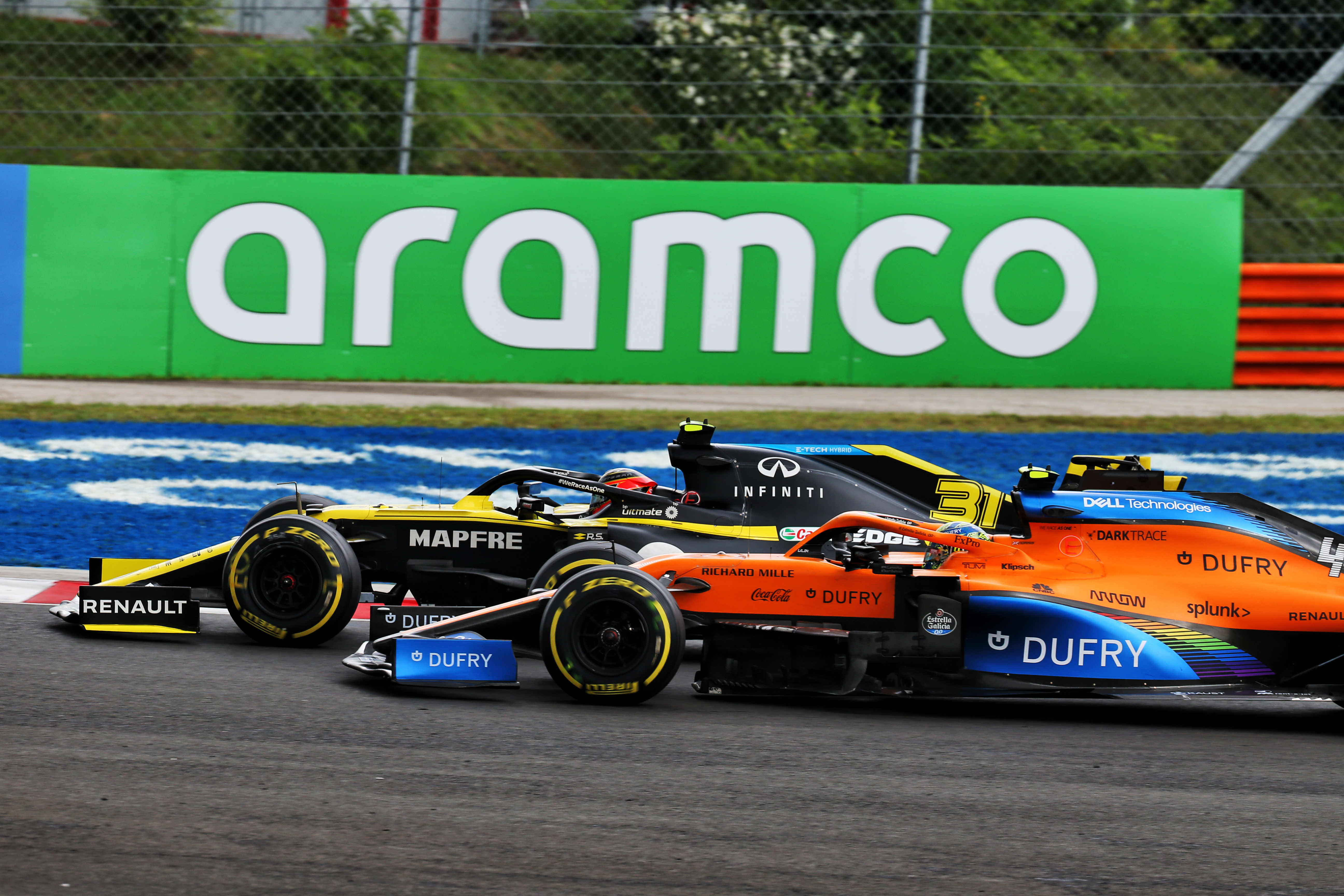
McLaren is not the most consistent in that part of the field, with Racing Point and Ferrari having a lower standard deviation value, but neither is currently the most appropriate comparison. Ferrari still has vastly bigger potential than McLaren, despite its struggles, while Racing Point is on what has become a two-season journey with a Mercedes clone that isn’t purely the product of its own aero team – despite being a hugely valuable laboratory to understand the advanced aero concepts of F1’s pre-eminent team.
The circumstances of 2020 have hurt McLaren. Its financial concerns were well documented earlier in the year and the deferral of the new technical regulations to ‘22 has unavoidably slowed its potential to rise. But at the same time, it gives McLaren more time to understand more of the underlying science behind the complex aero of these cars and build knowledge to feed into the 2022 car.
Under Seidl, McLaren has already made significant progress both technically and in terms of the execution of race weekends. While there have still been some mechanical and pitstop problems that needed to be ironed out, it is now a consistent point scoring operation capable of finishing on the podium – as it has now done twice in 2020. It’s a convincing, upwardly-mobile midfield team.
Getting to the front in F1 takes time and investment. But with the cost cap in place limiting team spending to $145m in 2021, with further $5m drop-offs in each of the following two seasons, the operational budget is at least fixed. And the team has long since embarked on major infrastructure changes.
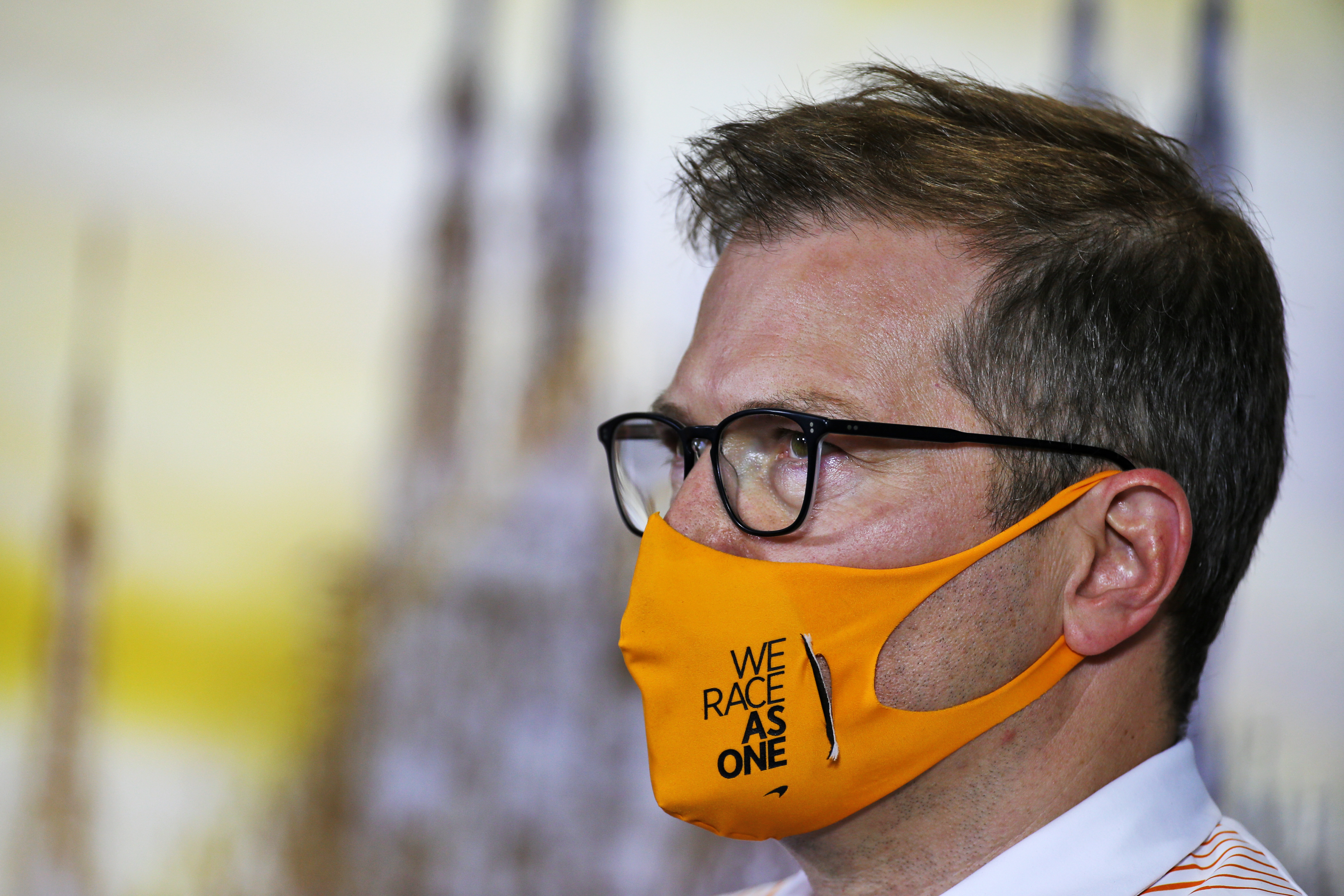
“The biggest deficit we have at the moment to the bigger organisations, the usual suspects – Ferrari, Red Bull, Mercedes and also Renault to a certain degree – is that we have a big deficit on the infrastructure side,” says Seidl.
“That’s something where, together with Zak [Brown, CEO of McLaren Racing] I pushed a lot to get this in place.
“We have more potential within the team compared to what we’re doing now, but there’s a limit and at some point, you need the same level playing fields on the infrastructure side.
A couple of years ago, it was difficult to take the idea of a McLaren revival seriously
“I’m talking about the windtunnel, which we don’t have in house; I’m talking here about the driving simulator, which is outdated; I’m talking here about the CFD infrastructure, which is not up to it anymore, and also about our production infrastructure, which is outdated.
“But we have a clear plan of what we need to put in place in the coming years. That takes time. So you need to be also realistic of what you can achieve when but putting all this together, combined with the new regulations also that come into the game from ‘22 onwards on the technical. On the sporting side and especially on the financial side, I’m convinced that we have done everything we need in order to make it back up again.
“And last but not least, we also have now a great driver line-up, which we will continue to have from next year onwards [with Daniel Ricciardo replacing the Ferrari-bound Carlos Sainz], which is obviously also very important asset.”
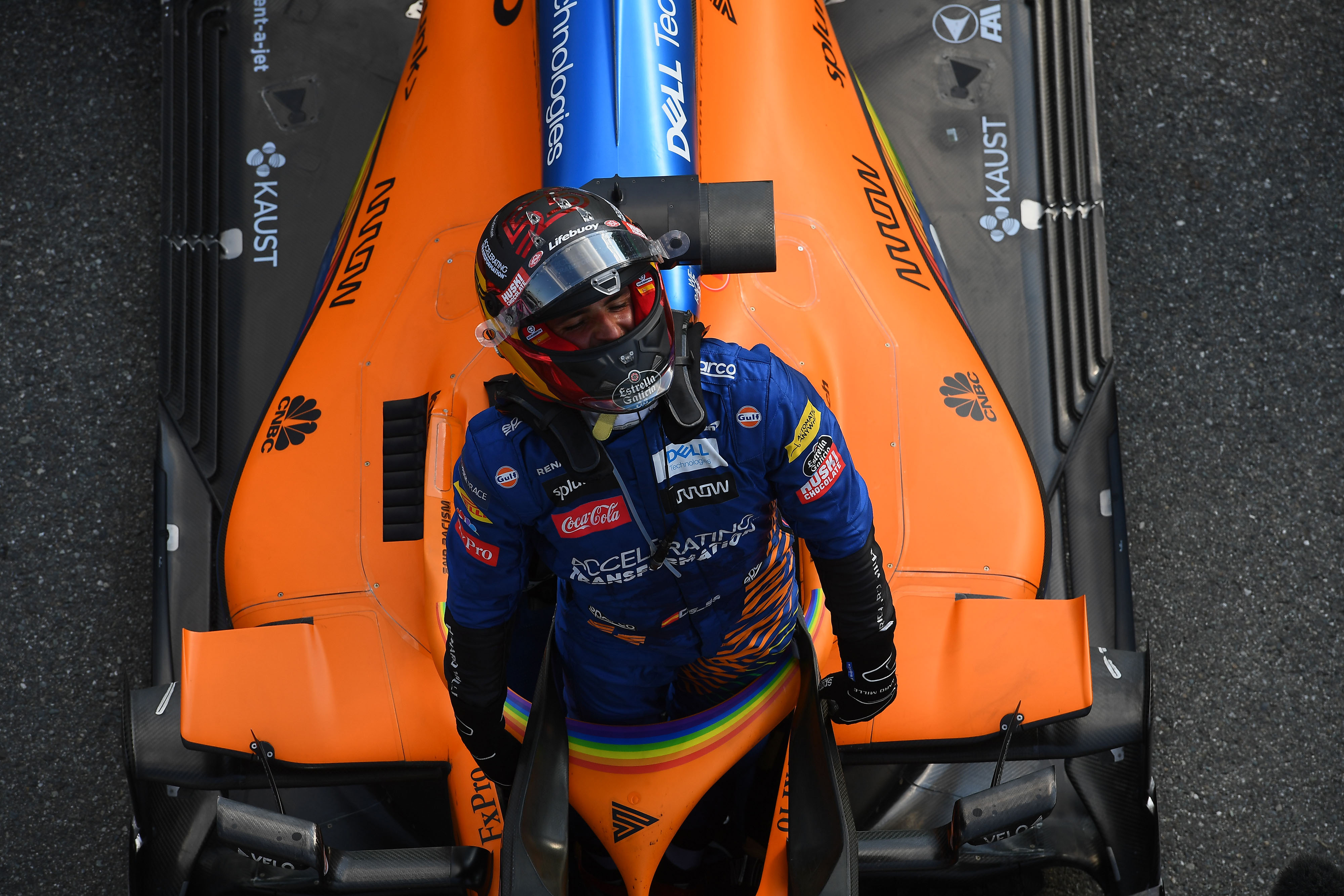
It’s easy to talk up how changes will allow a team to move to the front and any team can be world champion five years down the line in their imagination, but the clarity of the strategic objectives Seidl has brought to the team is convincing.
In addition to the infrastructure changes, the switch to Mercedes engines next season will yield another step and, combined with the other improved facilities that will come online over the coming years it’s easy to see where the performance can come from. Gain 0.2% from each of those changes, plus a little more from growing understanding and knowledge, and you can eradicate a 1.5% deficit.
The windtunnel also shows the capacity for compound gains. Currently, McLaren is using one of Toyota Motorsport’s windtunnels in Cologne. While Toyota’s facilities are high-end, there is not only a geographical disadvantage that impacts efficiency. Seidl also believes its own specialised windtunnel will be an improvement on what Toyota offers given the Cologne facility “simply doesn’t give us the same possibilities Mercedes, Red Bull or Ferrari has”.
The delay to the windtunel is a compromise, as it was originally slated to begin operation in the middle of ’21 but has been put back by approximately a year. It’s a big-ticket, long-vision item that will pay off in the long term. The same can be said of the driver-in-loop simulator and CFD changes – doubly so given the ever-tighter restrictions on aerodynamic testing.
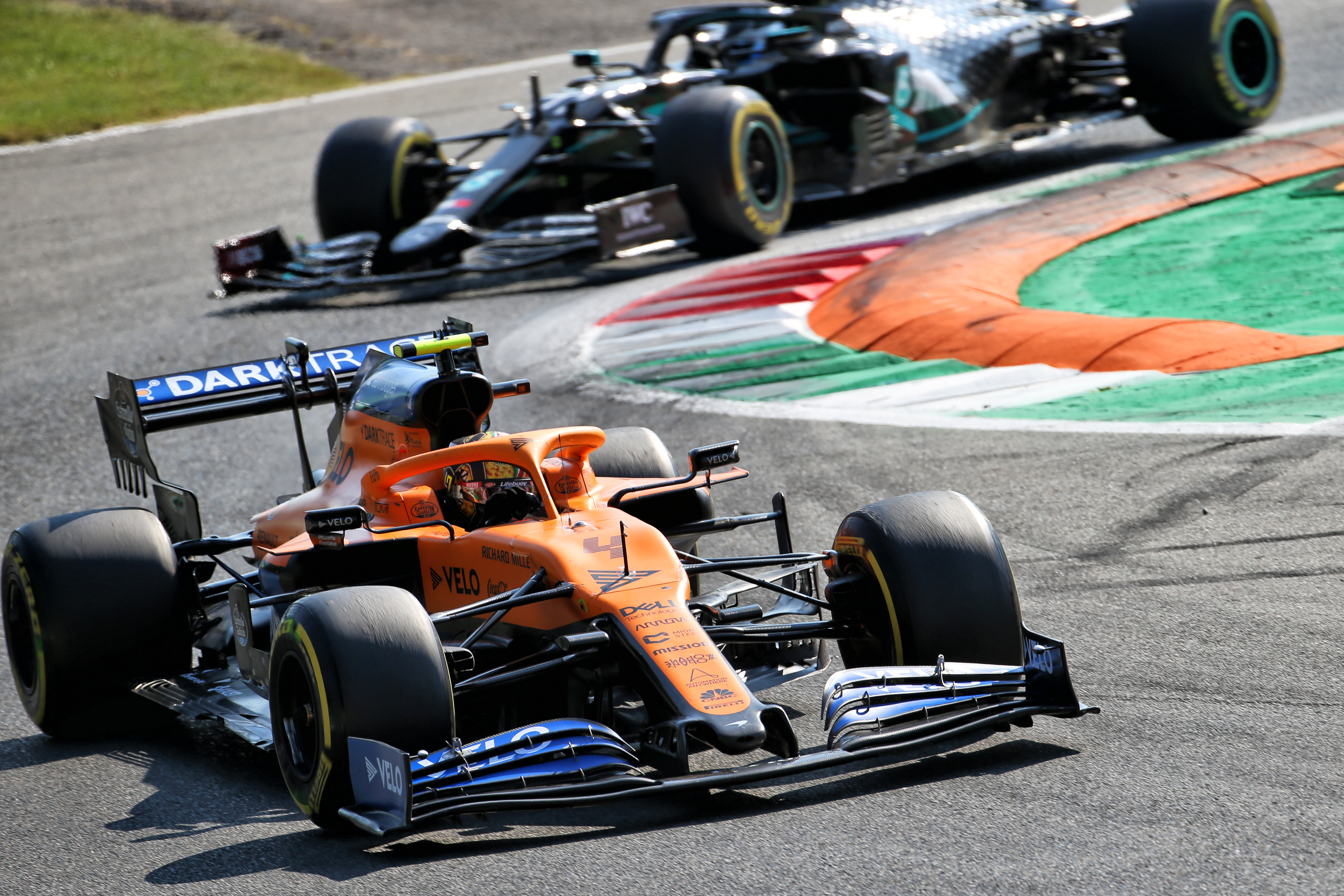
In the meantime, McLaren is learning on track with a car that has some key concept changes compared to last year, particularly when it comes to the rear of the car, as it works to unlock and understand tricks that the big teams are exploiting to extract performance. Under technical director James Key, the progress is tangible even if we have to concede a big chunk of its gains since that 2018 nadir came from low-hanging fruit.
What happened at Monza, and during the previous seven race weekends, are just points in the road still relatively early on that journey. But by proving it can be second on merit in a race where Sainz should, by rights, have picked up the lead after Lewis Hamilton’s penalty, McLaren has ticked another box.
A couple of years ago, it was difficult to take the idea of a McLaren revival seriously. Now, the steps are clear and the trajectory could eventually take it back to the front in F1 eventually. It will be a long road and one that will not be traversed by the time we get to 2022’s new rules, but the team is heading in the right direction.
When it comes to that journey, a Monza win would have been a wonderful bonus, but would not really have changed anything.



